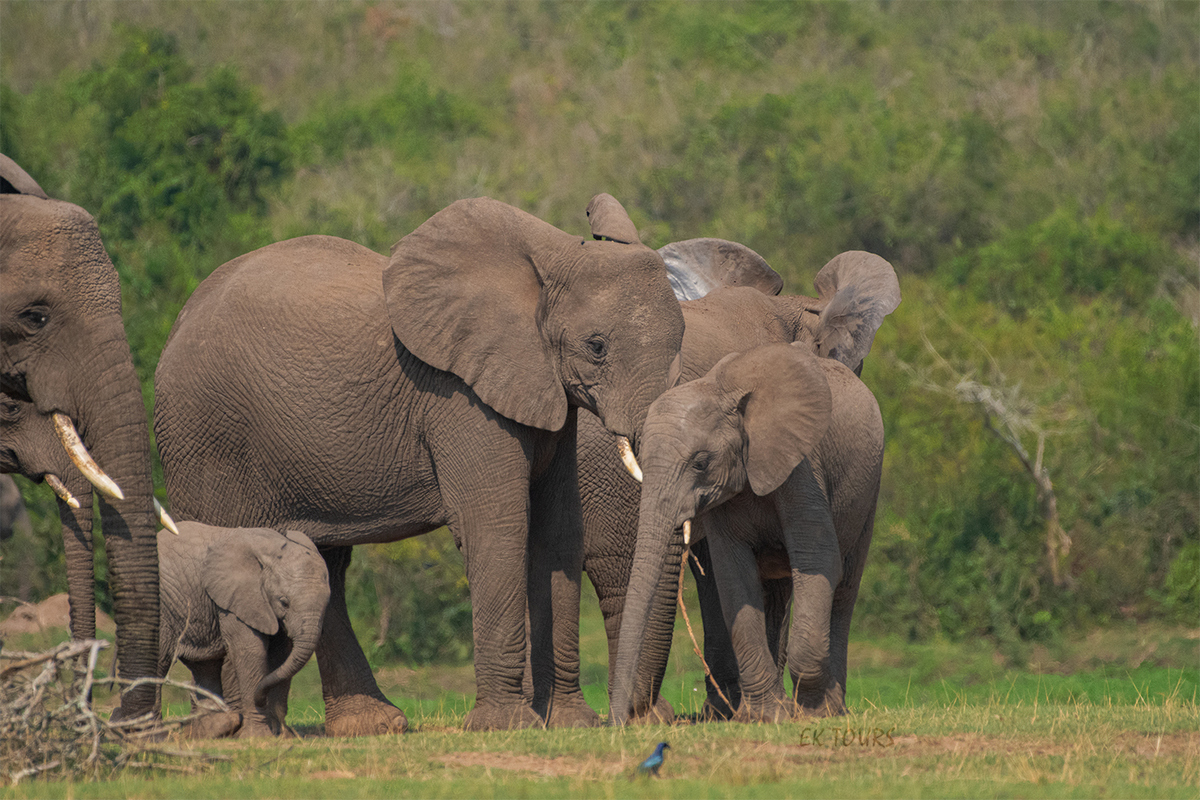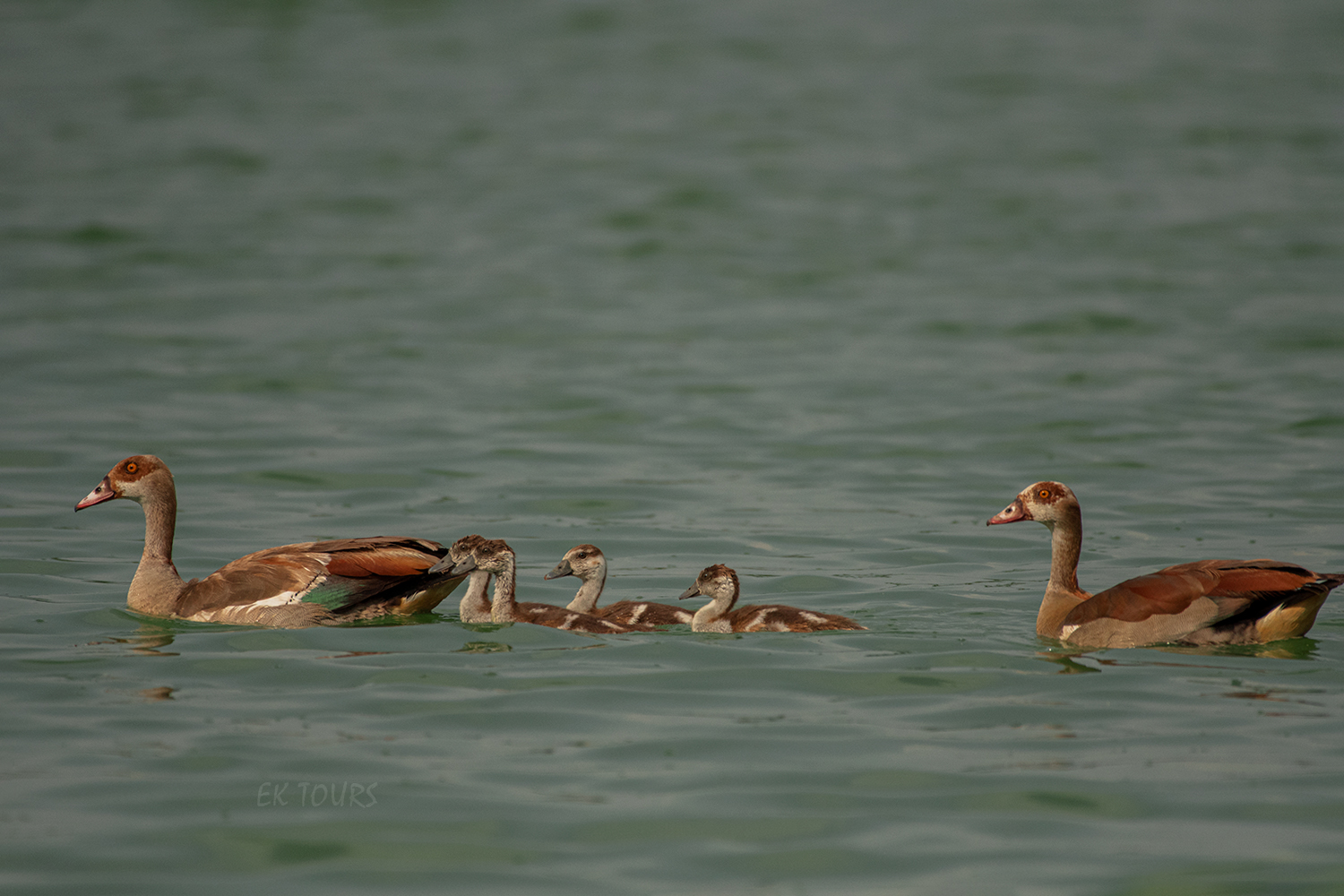Queen Elizabeth National Park: Uganda’s Premier Wildlife Destination
Queen Elizabeth National Park (QENP), located in the western part of Uganda, is a gem in the country’s vast network of protected areas. Stretching over 1,978 square kilometers, this park is one of Uganda’s most popular and diverse wildlife destinations. It offers an incredible blend of savannah, wetland, forest, and volcanic landscapes, making it a unique sanctuary for a wide variety of wildlife. As the second-largest park in Uganda, Queen Elizabeth is renowned not only for its rich biodiversity but also for its striking scenery and unforgettable safari experiences.
Named in honor of Queen Elizabeth II during her visit to Uganda in 1954, the park is situated between Lake George and Lake Edward, offering visitors the opportunity to witness incredible ecosystems ranging from wetlands to volcanic craters and dense forests. Queen Elizabeth is also part of the larger Albertine Rift, which has helped to foster the park’s diverse wildlife and its status as a UNESCO Biosphere Reserve.
Known for its exciting game drives, boat cruises, and birdwatching opportunities, Queen Elizabeth National Park attracts nature enthusiasts from all over the world. Whether you are in search of the famous tree-climbing lions, watching elephants wade through swamps, or enjoying a boat ride on the Kazinga Channel, QENP offers something for everyone.
Diverse Ecosystems: A Home for Unique Wildlife
One of the defining features of Queen Elizabeth National Park is its extraordinary ecological diversity. The park encompasses a variety of habitats, including savannah grasslands, tropical forests, wetlands, and lakeshores, which together support an impressive array of species. Queen Elizabeth is home to over 95 species of mammals, 600 species of birds, and countless other reptiles, amphibians, and insects. This rich biodiversity makes it an ideal location for safaris, as the varied landscapes provide ample opportunities for wildlife sightings.
The Big Five and Iconic Wildlife Species
Queen Elizabeth National Park is a haven for wildlife lovers, especially those seeking to encounter the iconic “Big Five.” While elephants and buffaloes are common sightings, the park is also home to the elusive lions and leopards, with the added spectacle of the famous tree-climbing lions of the Ishasha sector. These lions have developed a unique behavior of climbing trees, a rare trait among African lions, making them a standout attraction in the park.
- Lions: Queen Elizabeth National Park is one of the few places in Africa where you can see lions climbing trees, particularly in the Ishasha sector. The climbing lions have intrigued wildlife experts for years and provide an exceptional safari experience for visitors.
- Elephants: The park’s elephant population is substantial, with large herds often seen wandering through the savannahs and near the shores of the lakes. These gentle giants are a major draw for visitors on game drives.
- Buffaloes: Herds of African buffaloes roam the open plains and wetlands of the park, and they are often spotted grazing peacefully or in large herds.
- Leopards: Though more elusive than lions, leopards can also be found in Queen Elizabeth National Park. Spotting a leopard is a rare but rewarding experience, especially in the park’s forested areas.
In addition to these Big Five animals, Queen Elizabeth is home to a range of other wildlife, including hippos, warthogs, antelope species like Uganda kob, bushbuck, topi, and the rare bushpig. The park’s vast ecosystems also attract a large number of bird species, making it a paradise for birdwatchers.
Boat Cruises on the Kazinga Channel: An Unforgettable Safari Experience
One of the most unique aspects of Queen Elizabeth National Park is the Kazinga Channel, a 32-kilometer-long waterway that connects Lake George and Lake Edward. The channel serves as a vital lifeline for the park’s wildlife, providing water for animals and a crucial breeding ground for fish and birds. A boat cruise along the Kazinga Channel is one of the most memorable experiences you can have in the park. These boat trips allow visitors to get close-up views of wildlife that can’t be observed easily on land.
During a boat cruise, you are likely to see large pods of hippos lounging in the water, their heads bobbing up and down. The channel is also home to a significant number of crocodiles, as well as a variety of bird species, including the African fish eagle, pelicans, and kingfishers. As you glide along the water, you may also see elephants and buffaloes coming to the shores to drink, creating excellent photographic opportunities.
Highlights of the Kazinga Channel Boat Cruise:
- Hippo Viewing: The Kazinga Channel is one of the best places in Africa to observe hippos in their natural habitat. Large pods of these semi-aquatic creatures can be seen wallowing in the waters.
- Crocodiles and Reptiles: The shores of the Kazinga Channel are often home to Nile crocodiles, which can be seen basking in the sun.
- Bird Watching: The channel is home to over 60 bird species, making it a birdwatcher’s paradise. Look out for the African fish eagle and several species of herons, egrets, and storks.
- Elephants and Buffaloes: Both elephants and buffaloes frequently come to the shores to drink, providing incredible opportunities for wildlife photography.
The Ishasha Sector: Home of the Tree-Climbing Lions
The Ishasha sector of Queen Elizabeth National Park is particularly famous for its tree-climbing lions, one of the park’s most extraordinary features. Unlike most lions, which prefer the ground, the Ishasha lions have developed the rare habit of climbing fig trees to escape the heat and to gain a better vantage point. This unusual behavior is believed to be a way for the lions to avoid biting insect pests and to gain an elevated position for spotting prey.
The Ishasha sector is located in the southern part of Queen Elizabeth National Park, and it offers excellent opportunities for game drives. Aside from the tree-climbing lions, the area is also home to elephants, buffaloes, Uganda kob, and other wildlife, making it a must-visit part of the park.
Birdwatching Paradise: Over 600 Species Recorded
Queen Elizabeth National Park is a birdwatcher’s dream, with over 600 species of birds recorded in the park. The park’s diverse habitats, including wetlands, forests, and savannah, provide perfect conditions for a wide variety of bird species, making it a prime location for birding safaris.
Notable bird species include:
- The African Fish Eagle: A majestic bird of prey, the African fish eagle is often spotted along the Kazinga Channel and Lake Edward.
- The Shoebill Stork: A rare and prehistoric-looking bird, the shoebill stork is occasionally seen in the park’s swamps and wetlands.
- Flamingos: During the rainy season, flamingos gather in large numbers on the shores of Lake George.
Birdwatching in Queen Elizabeth National Park is an exciting and rewarding activity, with expert guides available to help identify species and provide insight into the behavior of the park’s diverse birdlife.
Visitor Information: How to Plan Your Safari
| Activity | Duration | Best Time to Visit | Highlight |
| Game Drives | 3–4 hours | Morning and Evening | Big Five sightings, tree-climbing lions |
| Kazinga Channel Boat Cruise | 2 hours | Year-round | Hippos, crocodiles, birdwatching |
| Ishasha Sector Safari | 3–4 hours | Year-round | Tree-climbing lions, elephants |
| Birdwatching | Flexible | Year-round | Over 600 species, including rare birds |
Conclusion: A Safari Destination Like No Other
Queen Elizabeth National Park offers a diverse range of safari experiences, from thrilling game drives and boat cruises to breathtaking landscapes and incredible wildlife sightings. With its unique ecosystems, diverse wildlife, and world-renowned tree-climbing lions, the park provides one of the most comprehensive safari experiences in Uganda. Whether you’re a seasoned traveler or a first-time visitor, Queen Elizabeth promises to leave you with unforgettable memories.
At Experience Kigezi Safaris, we offer personalized safari tours to Queen Elizabeth National Park, ensuring that your trip is packed with adventure, comfort, and wildlife encounters. With our expert guides and top-notch services, we guarantee that your journey through this remarkable park will be an experience of a lifetime.



